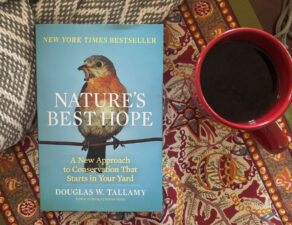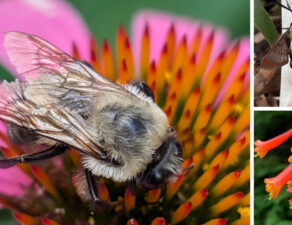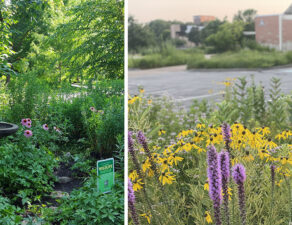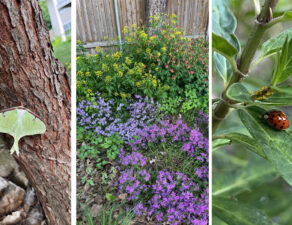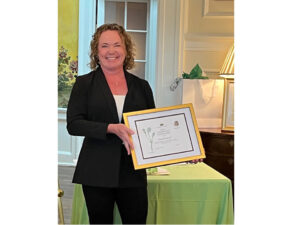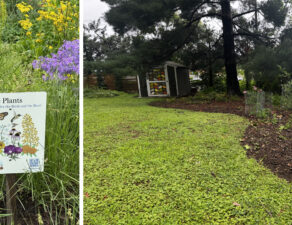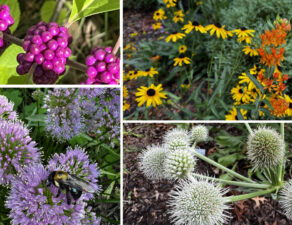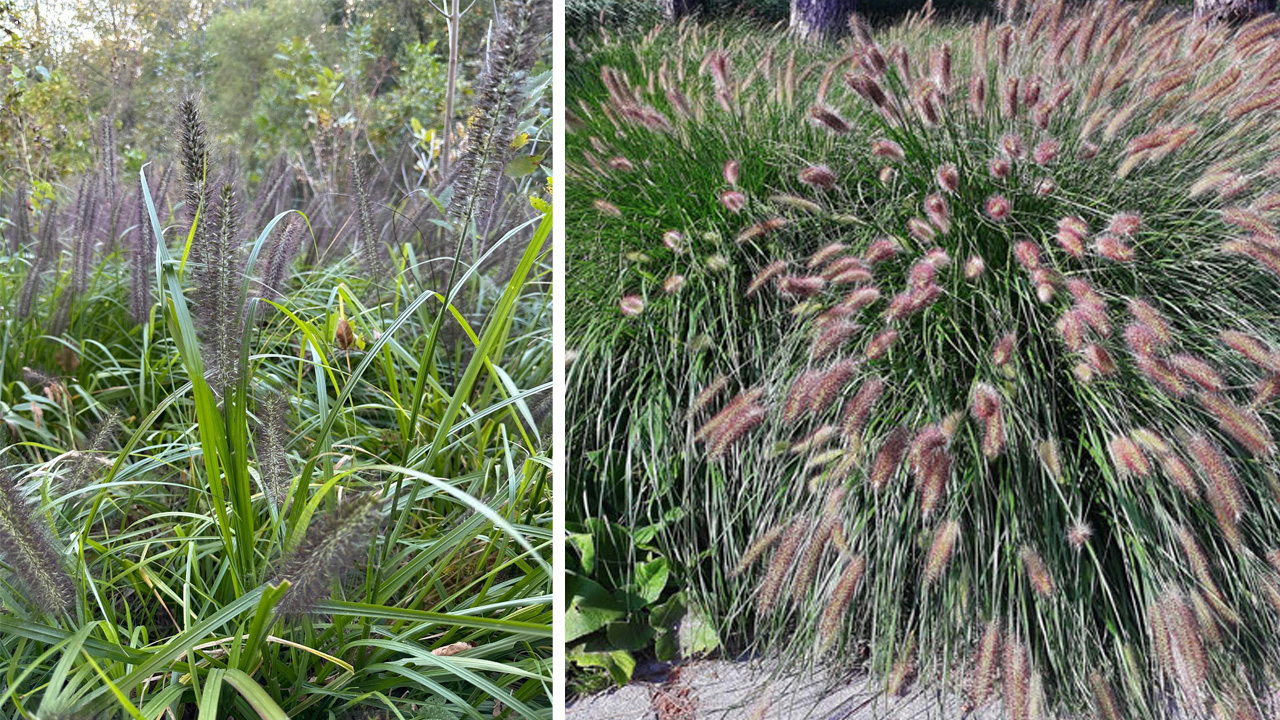
Photo credits: Left: Matt Garrett; Right: MU Extension
By Chris Cardwell, Deep Roots Program Manager
The stories of most exotic plant invasions in North America are all eerily similar. Globe-trotting botanists ‘discover’ new species not found in their home countries, and benevolently import them for their ornamental value, purported pest resistance, or anticipated significance for livestock or food production. Sadly, most of these stories end poorly: Bush and vine Honeysuckles from Asia weren’t content to beautify the garden landscapes of 19th century homes and escaped, gripping woodland understories in a stranglehold that resource managers are only recently beginning to peel away. Pampas Grass, Euonymous, Purple Loosestrife, and Butterfly Bushes have all taken the same path to dominance, and most recently a new invasive grass was identified en masse along the trail systems in Johnson County, KS – Chinese Fountain Grass.
Pennisetum alopecuroides has been sold in local nurseries for decades, and to be fair – it is objectively beautiful, with a rich purple hue in its waxy foliage and fluffy bottlebrush seed heads that drape in gentle arcs. ‘Hamelin’ is perhaps the most popular cultivar to be found in retail settings, touted for its “high degree of sterility,” according to MU Extension. Our #1 woody nemesis, Bradford Pear, had the same stamp of botanical approval. But as Jeff Goldblum’s character, Dr. Ian Malcolm, profoundly observed in Jurassic Park, “Life…finds a way”. Cultivars can revert to their ancestral genetics and phenotypes, and the sheer volume of windblown seeds of Pennisetum make it a flight risk from our post-development landscapes. When a local natural resource expert reached out to Deep Roots staff to ring the alarm bells, they shared photos of a streamside trail in Lenexa completely smothered in stands of Fountain Grass. Its proximity to a flood prone waterway, they surmised, indicated that it was likely delivered by stormwater or had been planted by a neighbor – only to escape and take hold of the natural ecosystem surrounded by our built environment. So, what to do?!
Invasive species professionals today are equipped with state-of-the-art technology, as well as advanced chemistry and containment tools. GIS mapping technology allows teams around our region to track reported locations of problematic plant colonies, monitor their spread, and document their responses to management approaches. Fountain Grass, unfortunately, has only been shown to respond to strong doses of glyphosate, but thankfully the experts who oversee our public lands are standing at the vanguard of stewards taking the steps to contain this newly observed invasive, while continuing the recovery from generations of dozens of other problematic plant and animal species. So, what can you do?!
Always choosing true native species alternatives to exotic ornamentals is clearly step one, and our community of Deep Roots stewards are such important advocates for those choices. Ditch the Fountain Grass before it ditches your gardens and tell your friends and neighbors the same! Consider Purple Lovegrass (Eragrostis spectabilis), Pink Muhly Grass (Muhlenbergia capillaris), or bulletproof River Oats (Chasmantheum latifolium) as ornamental equivalents, or low-growing Side Oats Grama (Bouteloua curtipendula) as a shorter, yet prolific replacement at larger scale. Because with every new invasive species to escape cultivation, the message becomes more resounding, What You Plant Matters!

